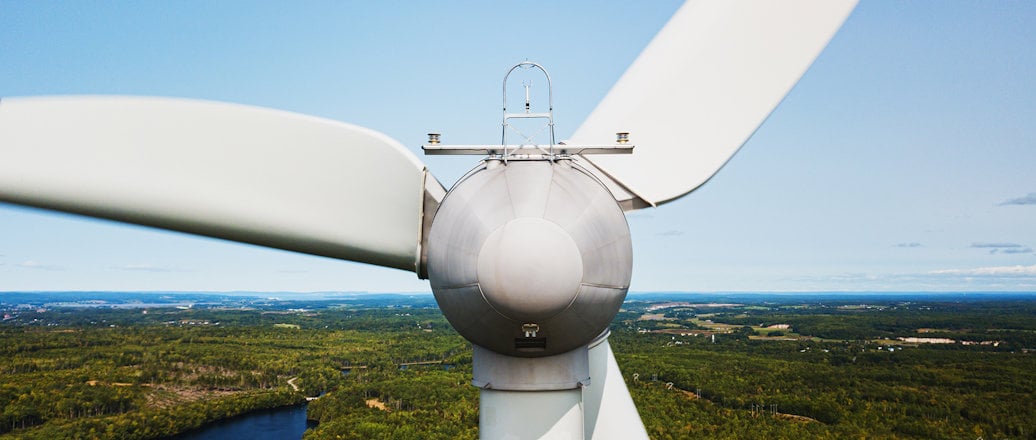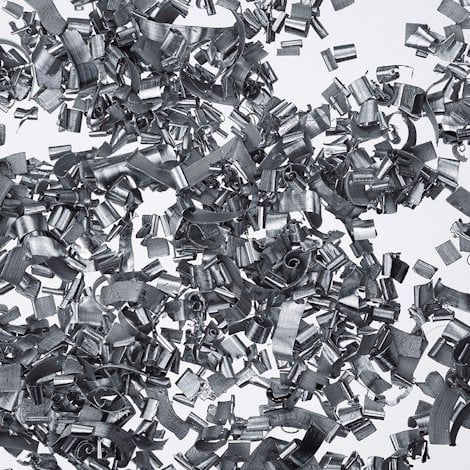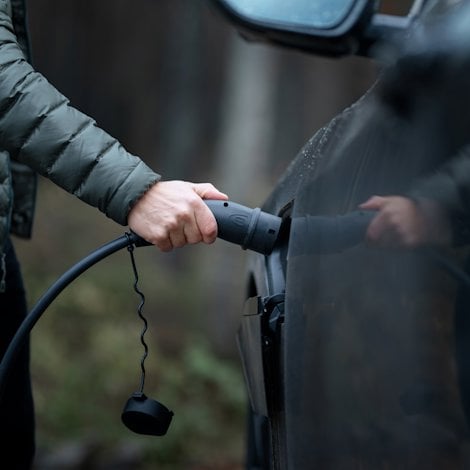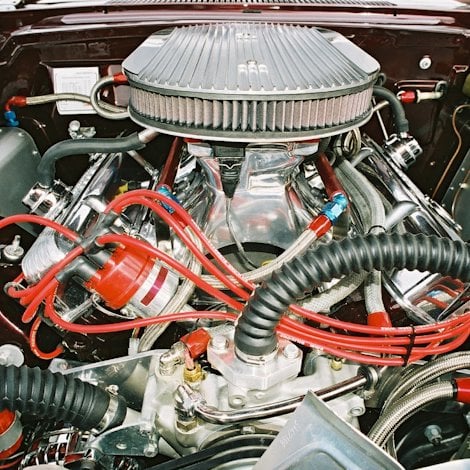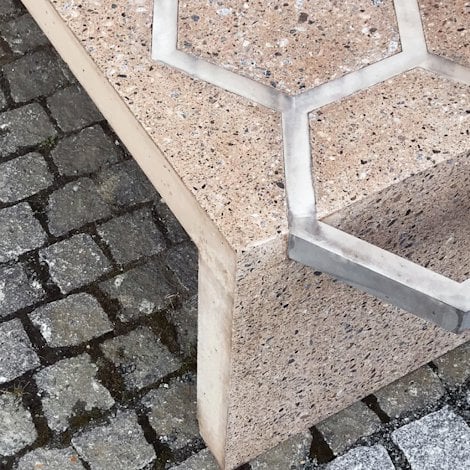How we can substitute aluminium for copper in the green transition
Many scientific publications claim that copper scarcity is a roadblock on the way to renewable energy, but almost none take substitution into account. Yes, copper demand could increase by 30% as part of this green transition, but copper can be replaced by aluminium in almost all applications.
Many authors have noted that the transition to renewables leads to greater demands for copper, and that this will lead to copper scarcity, thus hampering the transition to renewable energy.
But really, would a shortage of copper be a significant roadblock in the transition to renewable energy? Aren’t there alternatives that can substitute for the use of copper in any or all of the relevant applications?
Substituting copper with aluminium
Copper is mostly used to conduct electricity, but aluminium can do that, too, and aluminium is 1200 times more abundant than copper. It’s even more abundant than iron in the earth’s crust.
In 2021, The Journal of Cleaner Production published a letter to the editor titled Copper substitutability might be about 60% or more of current copper use. I would argue that this is very conservative indeed.
The letter was partly a rebuttal to an article that, among other things, claims that “because overhead transmission lines are considered ugly … high-voltage transmission may happen more through underground copper lines (than) overhead aluminum lines … for interior wiring, copper is preferred to aluminium, because aluminium has led to problems of overheating and fires (and) in some applications copper seems virtually irreplaceable, such as for local distribution of electric power.”
Yes, I’m scratching my head.
If you want to replace copper with aluminium, then you should know this: Aluminium has 60% of the conductivity of copper. This means you will need a 25% thicker wire for the same results. However, the aluminium in this equivalent wire will cost and weight about half as much as copper. That’s it.
Aluminium in power lines? Of course! Also underground! And in transformers and coils, in motors? Yes!
Replacing copper with aluminium in e-cars
Let me move on to the automotive industry, which is also part of the green transition. I’ve seen electric vehicles mentioned as one of the biggest problems with regard to a scarcity of copper.
The IEA claims we will need about 50 kilograms of copper per e-car, which is roughly double that of a conventional car. So if we were to replace all 1.7 billion cars in the world by EVs, we would need an additional 42 million tonnes of copper. Assuming that this happens over a 42-year period, then we need to come up with 1 million tonnes per year, or an additional 5% of yearly copper production.
That sounds like it could be plausible, but still – aluminium. Aluminium is researched a lot because almost all copper in an electric vehicle can be replaced by aluminium.
The motor is where most of the copper is found. Can we replace that with aluminium? Yes. The motor’s efficiency might drop by 1% or so, but you also get a lighter motor.
Next is the wire harness and – yes, you guessed it – aluminium can do the job. The replacement is actually already in full swing, although the scarcity of copper to give it urgency is so far missing.
Replacing copper with aluminium in wind turbines
Of course we all know by now that wind turbines are the No. 1 copper problem. But wait, isn’t all that copper going toward their motors and for the power lines to shore that could be replaced by aluminium?
That is indeed the case.
Aluminium instead of copper in wind turbine windings is a mature option – and we already discussed power lines. But for subsea cables, aluminium doesn’t work. Right? Wrong.
Copper is also used for heat sinks, and here the story is basically the same: Aluminium has 60% of the conductivity, which means your aluminium replacement is slightly larger, but the aluminium is half as heavy and half as expensive.
It’s really hard to find large-scale applications where you can’t replace copper with aluminium. I would estimate that about 90% of the copper can be replaced by aluminium using mature and available options.
Environmentally responsible to use aluminium in transition
My last point considers environmental responsibility. Is it OK to replace copper with aluminium in the renewable energy transition?
Even though it is abundant, aluminium requires mining, too. And although bauxite mines tend to have less averse direct environmental impacts than copper mines, it takes roughly three times more energy to produce new aluminium. This currently leads to about 50% more emissions per kilo.
However, as electricity production becomes low-carbon, aluminium actually emits less CO2. It doesn’t contaminate marine environments as much, it has less adverse effects on human health, and it has less harmful heavy metals as by-products.
So if copper scarcity forces us to substitute aluminium, then this is actually a good thing for the environment.

